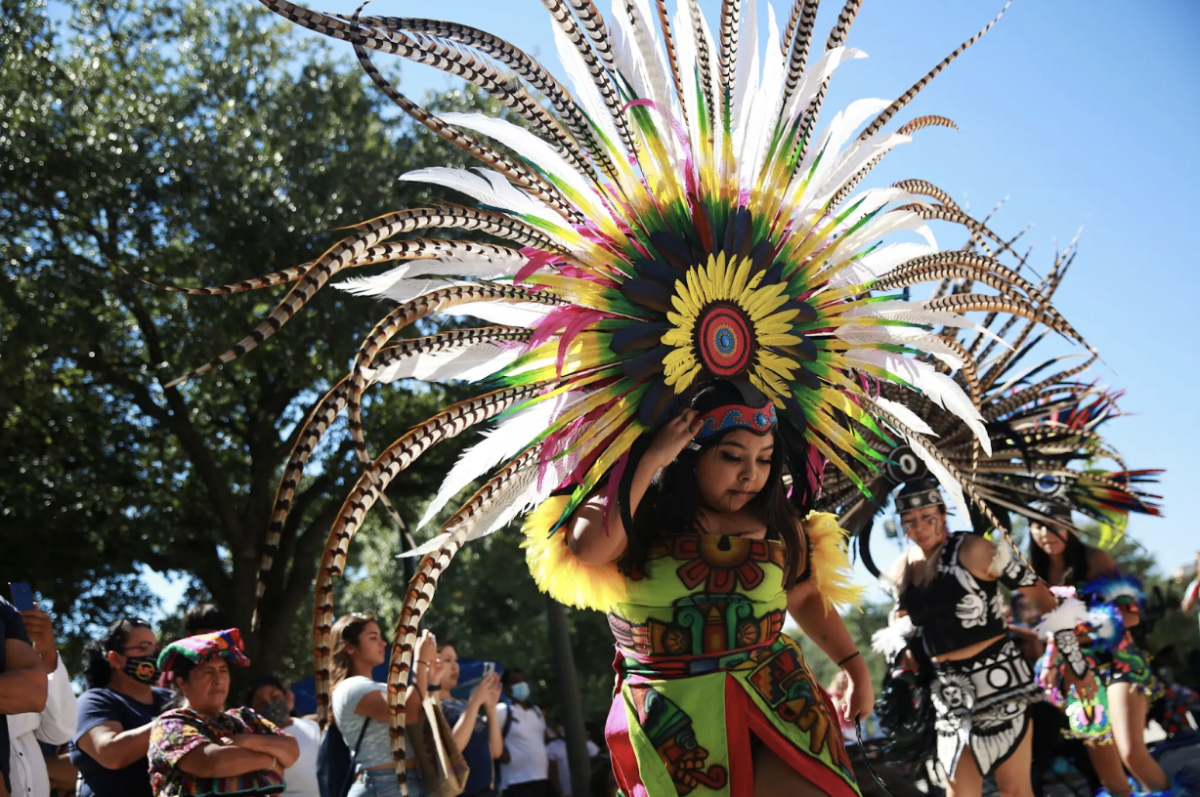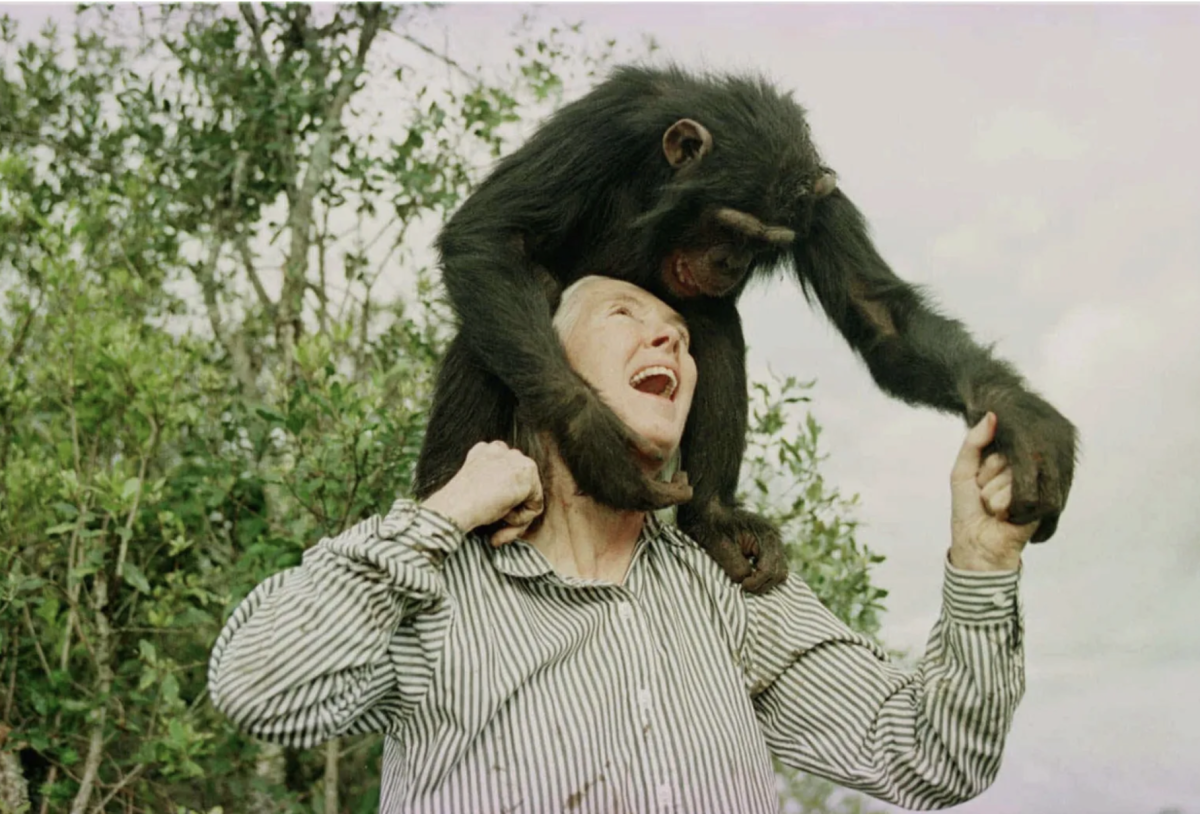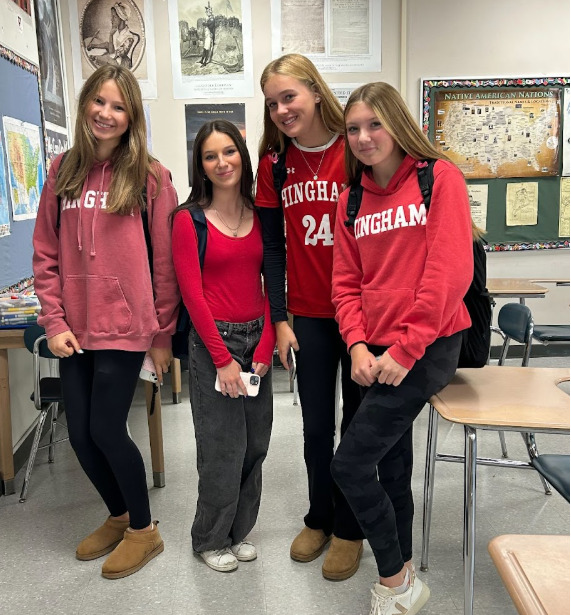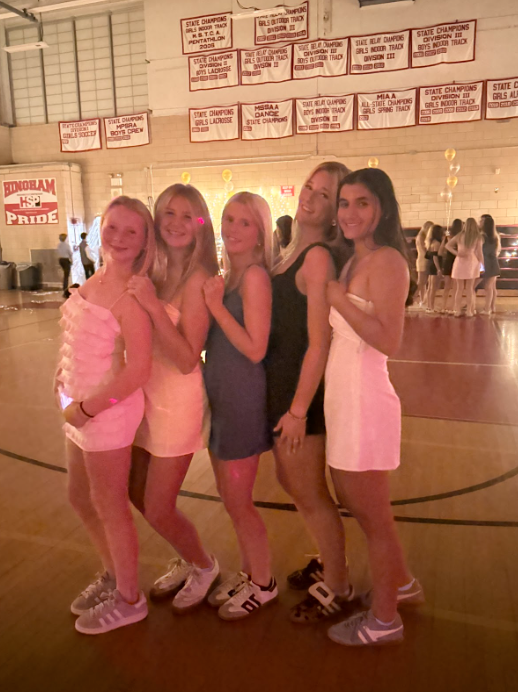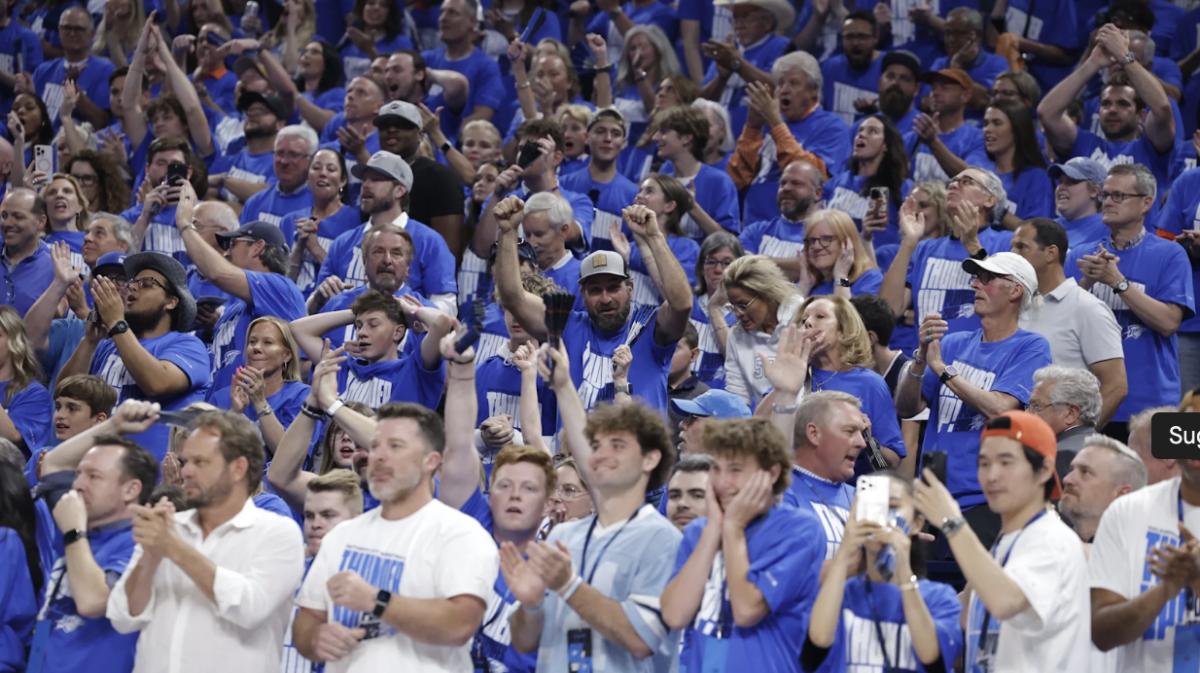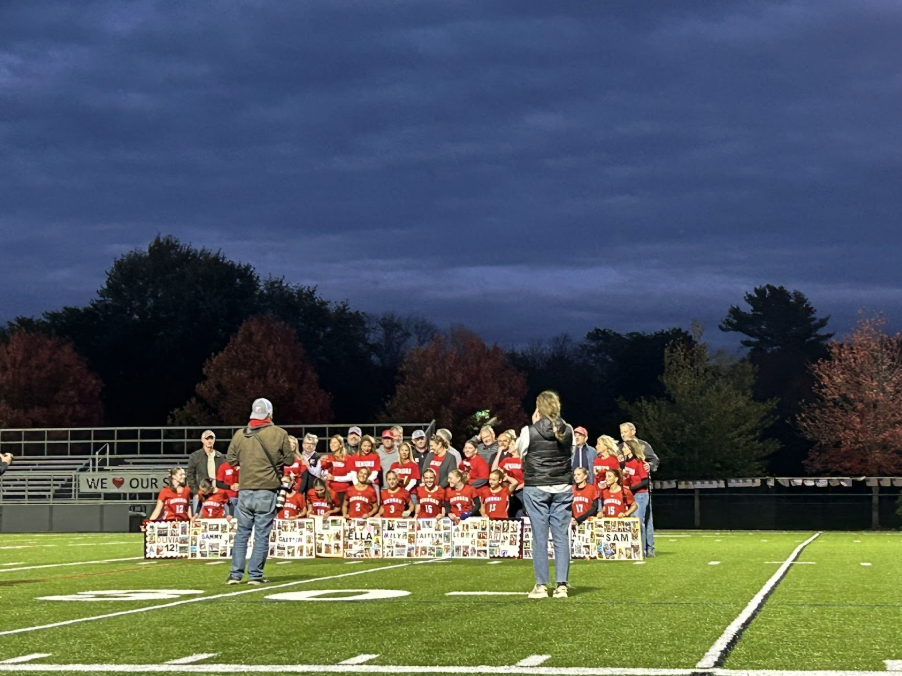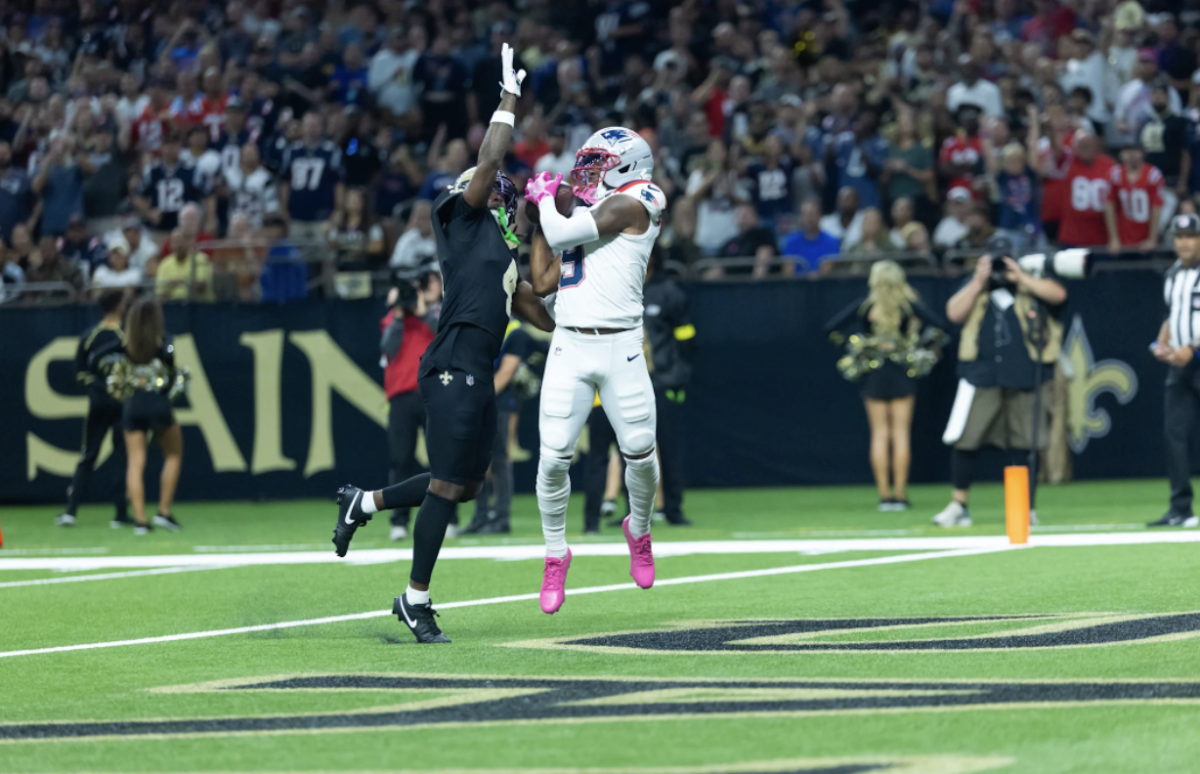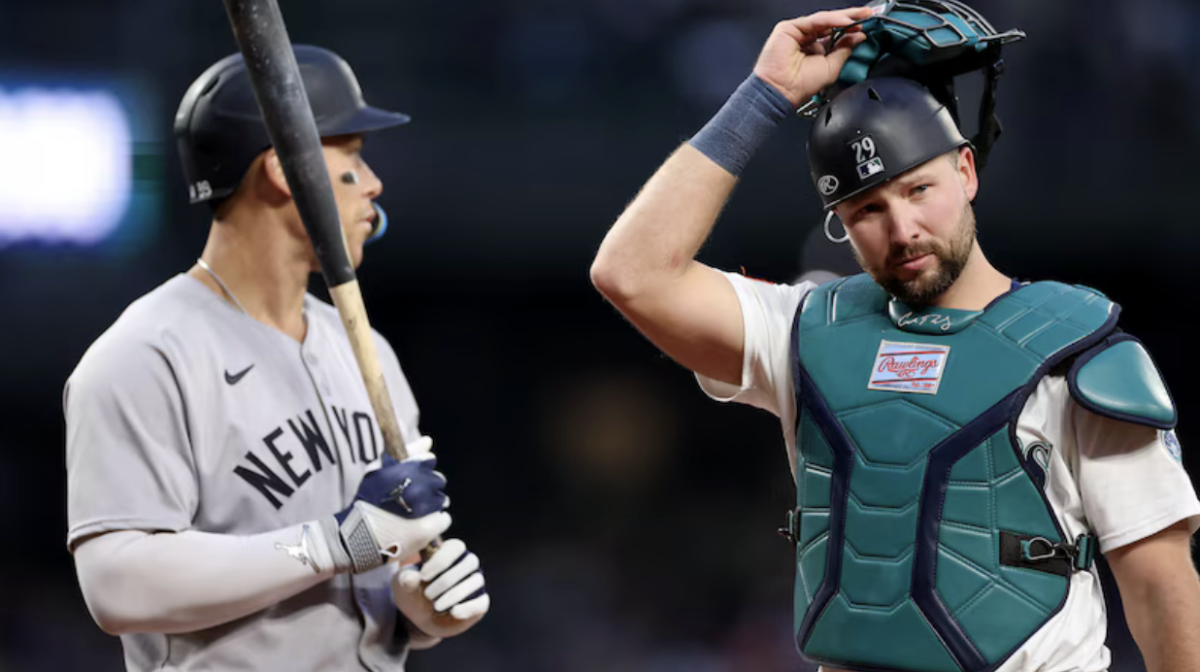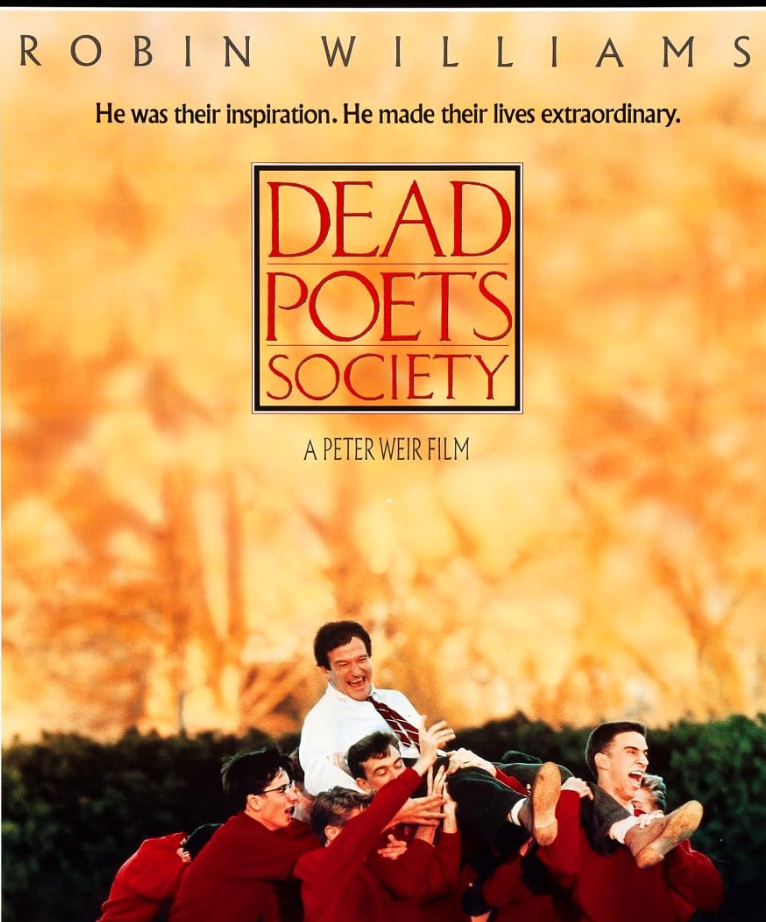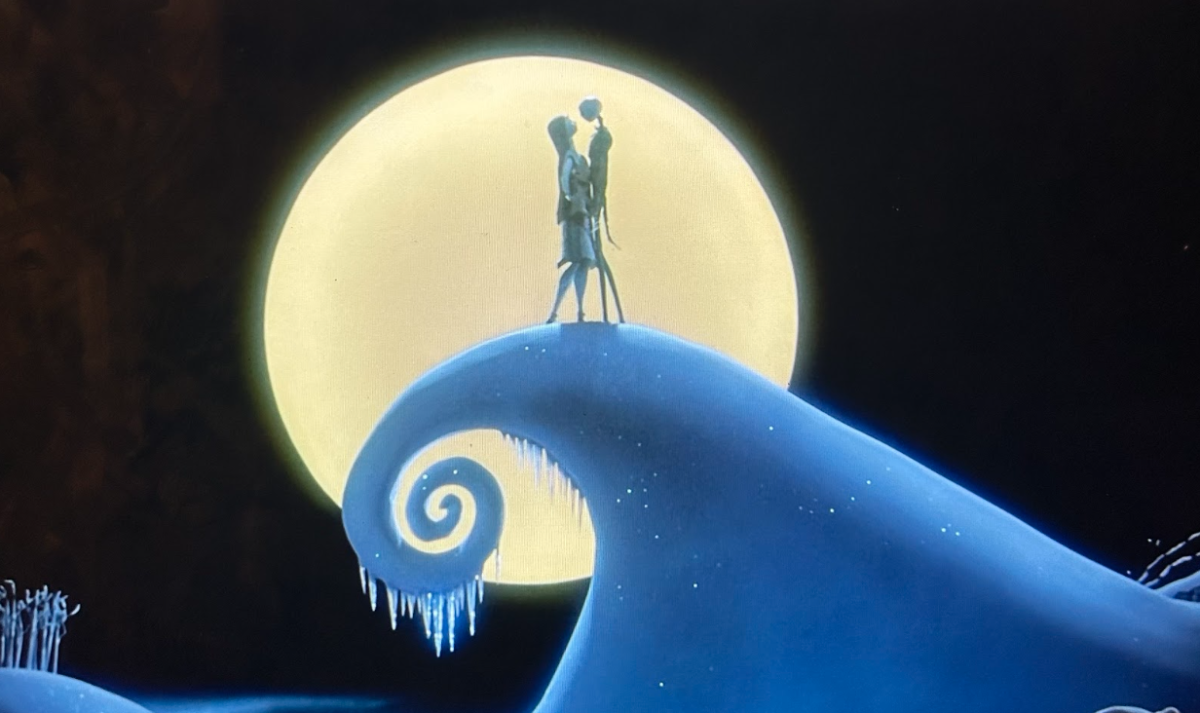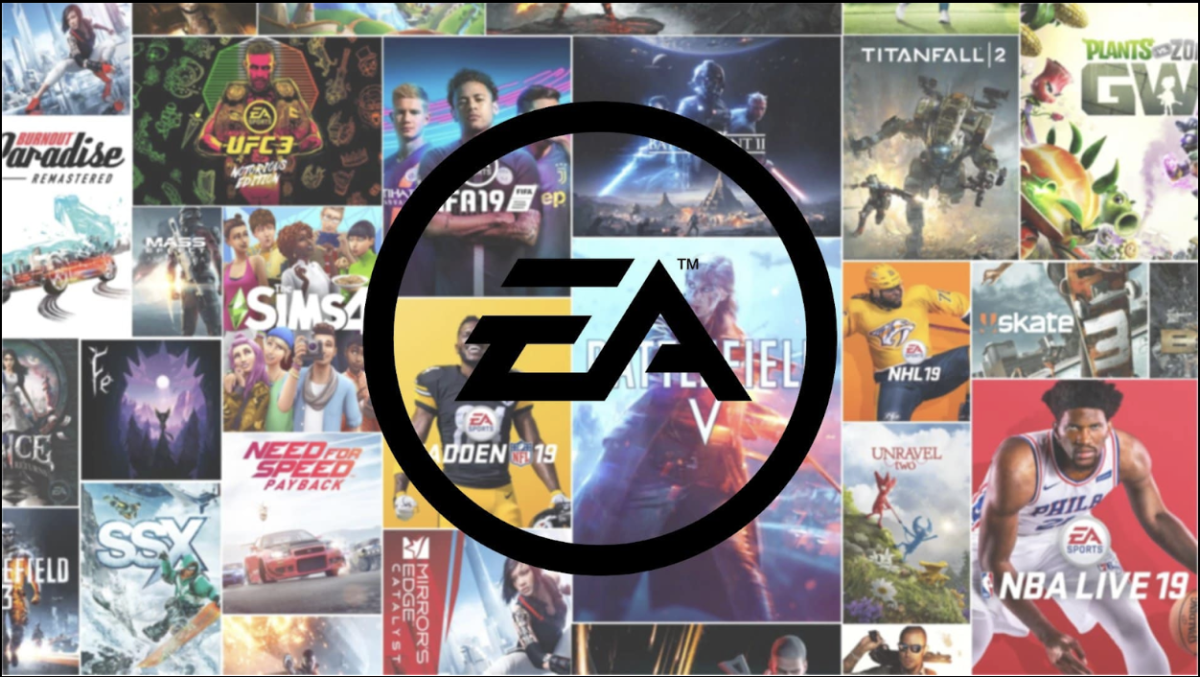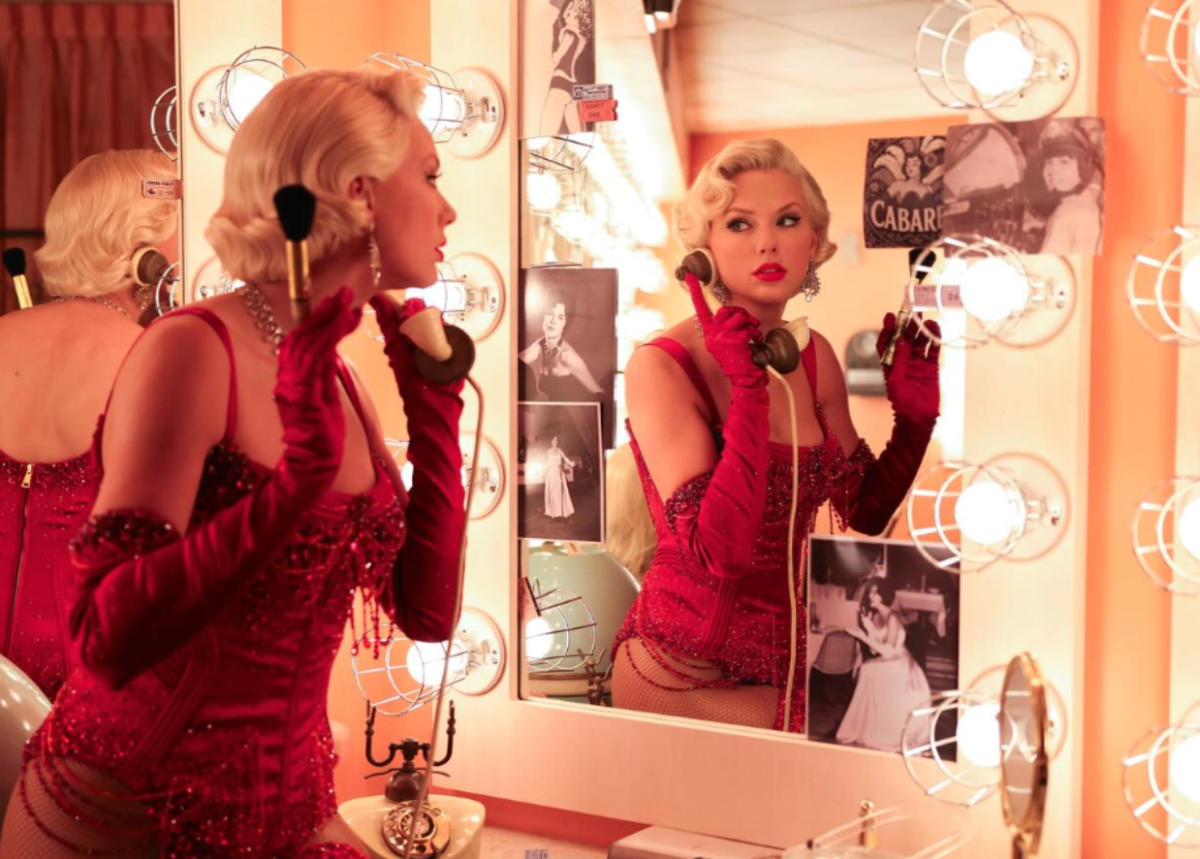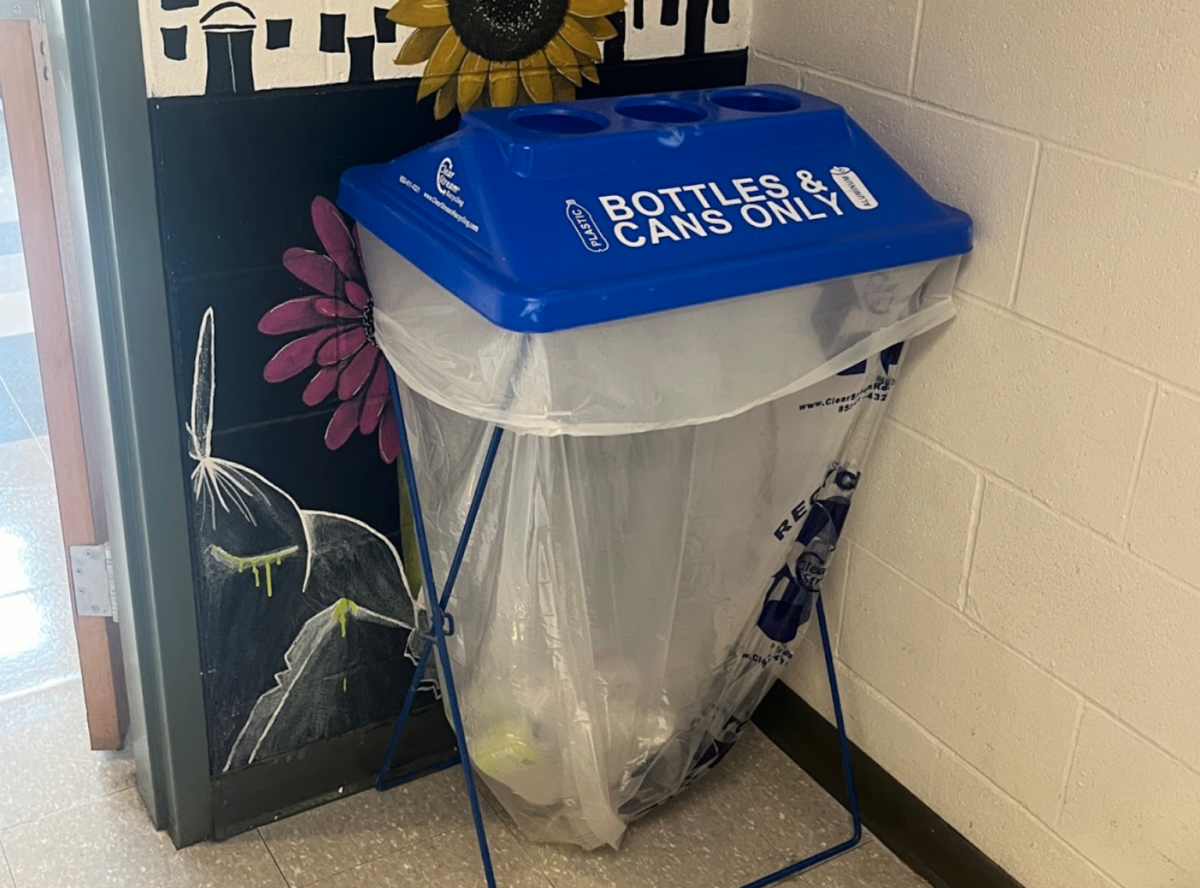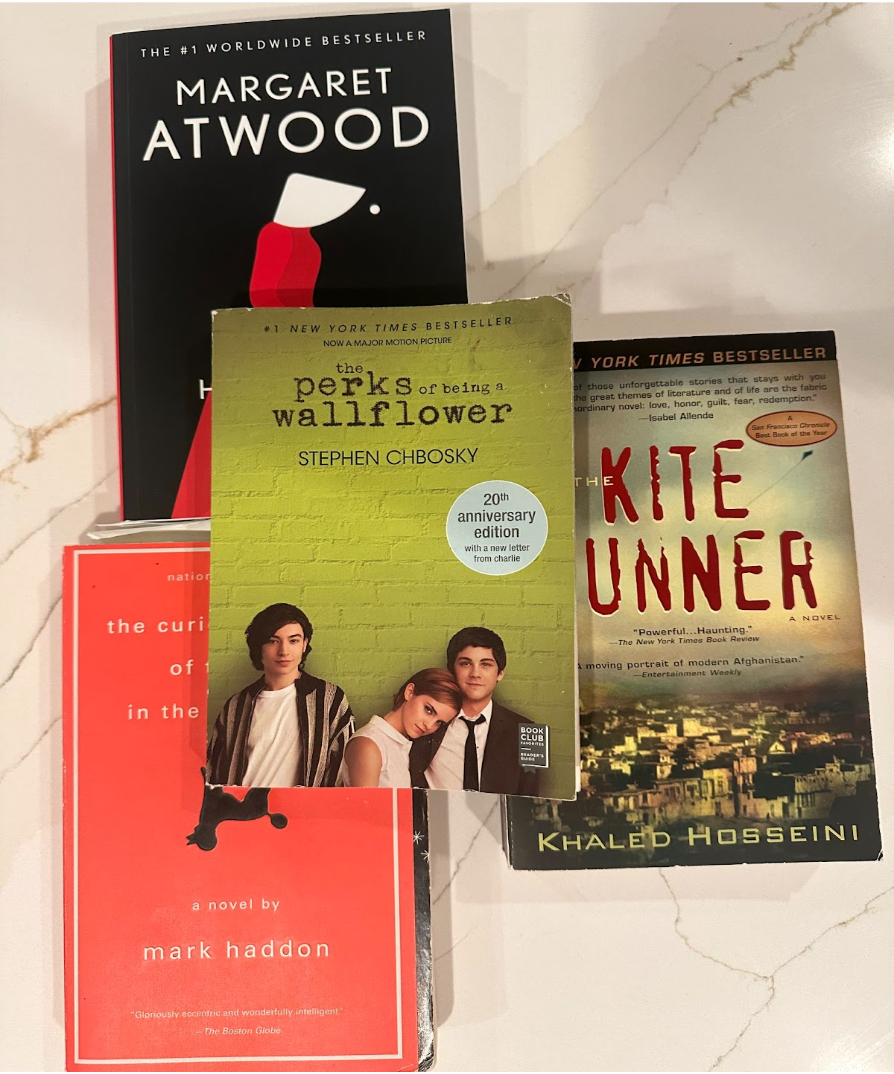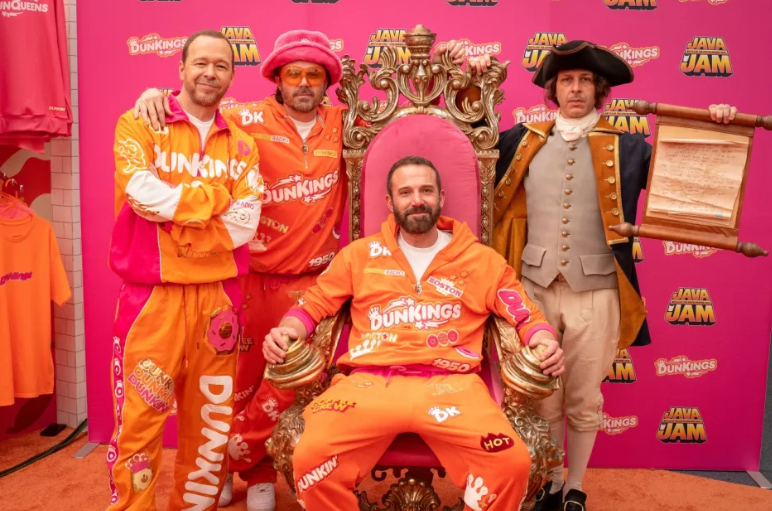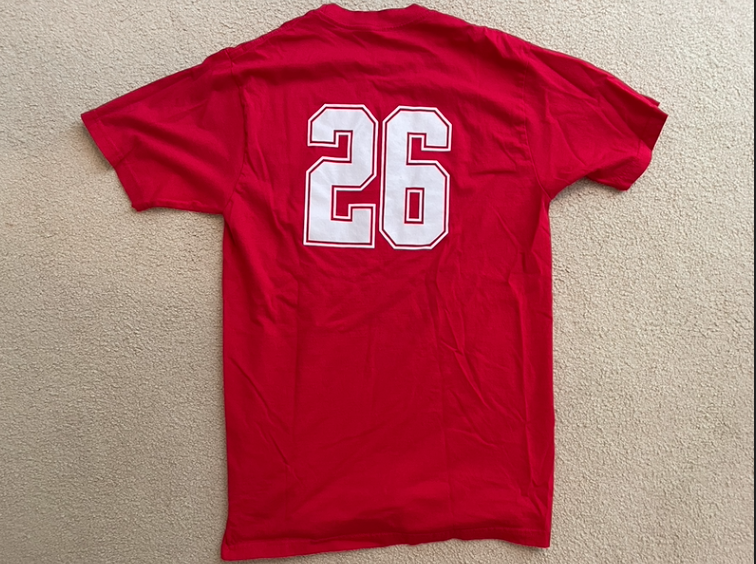Super Bowl advertisements have evolved from simple commercials to cultural spectacles, reflecting shifts in advertising strategies, technology, and consumer engagement. In the 1970s, brands like Coca-Cola set the stage with heartfelt ads, while in the 1980s introduced high-concept storytelling, exemplified by Apple’s famous “1984” ad. The 1990s saw a golden age of humor and memorable characters, such as Budweiser’s frogs, solidifying Super Bowl ads as entertainment. By the 2000s, celebrity endorsements and viral marketing became dominant, with companies leveraging humor, nostalgia, and social media to maximize impact. Today, Super Bowl ads are among the most expensive and anticipated commercials, blending innovation, cultural commentary, and star power to captivate millions.
1. The Best Super Bowl Ads Go All Out
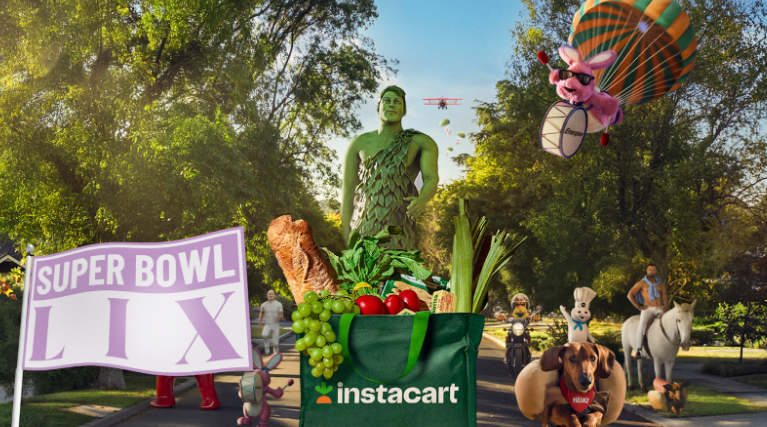
Credit: Caio DaSilva / Screenshot
Super Bowl commercials have a long history of including popular mascots and other figures involved in pop culture to create memorable content that their viewers can easily understand and identify with.
In the 2025 Super Bowl, Instacart’s 30-second ad utilized this approach by bringing together a nostalgic lineup of iconic brand mascots. The commercial featured Chester Cheetah from Cheetos, the Energizer Bunny, the Jolly Green Giant, the Pillsbury Doughboy, and many other popular mascots.
By highlighting these characters, Instacart was able to instantly familiarize their viewers with the message they were trying to communicate while also creating a personal connection with the audience through household names. The use of mascots and popular figures has been a long-standing tradition when it comes to Super Bowl advertisements, allowing companies to create a deeper connection with the viewer and invoke certain emotions such as nostalgia or empathy.
2. The Best Super Bowl Ads Invoke Emotion
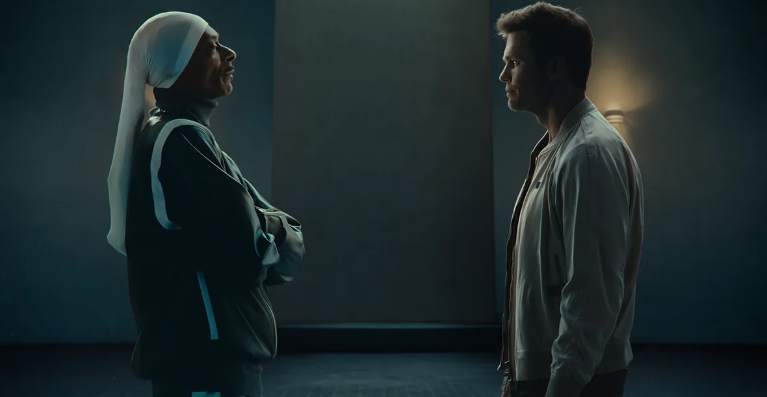
Credit: Caio DaSilva / Screenshot
Super Bowl commercials have always aimed to invoke a certain emotion in their audience, whether the emotion is fear, humor, empathy, nostalgia, etc.
Recently, former NFL quarterback Tom Brady and rapper Snoop Dogg appeared in a commercial for the Foundation to Combat Antisemitism, an organization aimed at ending all forms of hate towards all groups of people. The two went back and forth, spewing random insults at each other that made no sense. Hingham High School Junior Brent Strauss says, “It really puts into perspective how dumb these hate comments actually are.”
The aim of this commercial was to show the viewer that, most of the time, the hateful words that are used to degrade different people, oftentimes do not make sense, or have no true meaning behind them. Super Bowl ads have historically also included different examples aimed to invoke other feelings such as nostalgia or humor in the viewer.
3. The Best Super Bowl Ads Disrupt Viewers

Credit: Caio DaSilva / Screenshot
The best Super Bowl ads interrupt the audience’s focus on the big game to communicate a feeling or thought on an issue, product, or service.
In this past Super Bowl, Dove aired an ad critiquing the effects that body image has on participation in female sports. The commercial goes on to reveal the shocking statistic that 1 in 2 girls quit sports due to a negative view of their own body image or comments surrounding it.
The aim of this commercial was to denounce body shaming while also raising awareness surrounding the mental health of young women. This ad also used saddening visuals such as a clip of a young girl looking at herself in the mirror in a negative way to evoke a sympathetic feeling in the audience and to help to draw more attention to this issue.
4. The Best Super Bowl Ads Are Original
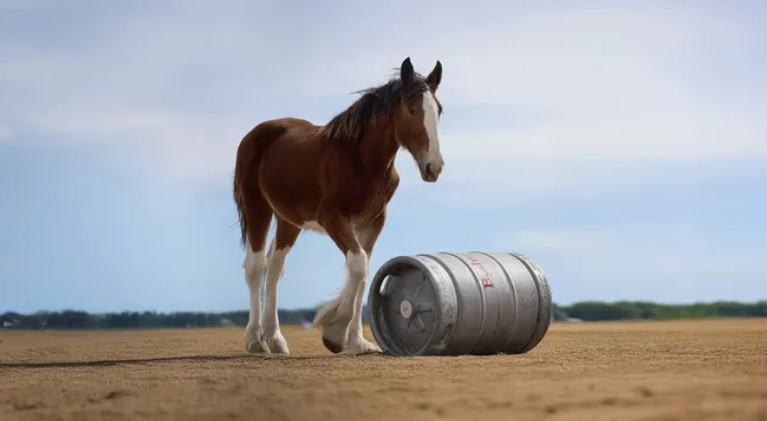
Credit: Caio DaSilva / Screenshot
One of the major requirements for a Super Bowl commercial is for it to be original and visually appealing. As soon as advertisements become repetitive, viewers become uninterested, resulting in a lack of interest in the service or product that the commercial is aiming to promote.
Over the Super Bowl weekend, Budweiser aired a commercial that featured a horse trying to return a keg of Budweiser beer to its owner. The horse traveled through many different biomes and places and eventually made it to the city where it returned the barrel of beer to its rightful owner.
This commercial was very original, being one of the first to not include a promotion for a specific service or product that the company was aiming to sell, instead focusing on a heartwarming story of a horse and its owner.
5. The Best Super Bowl Ads Are Authentic
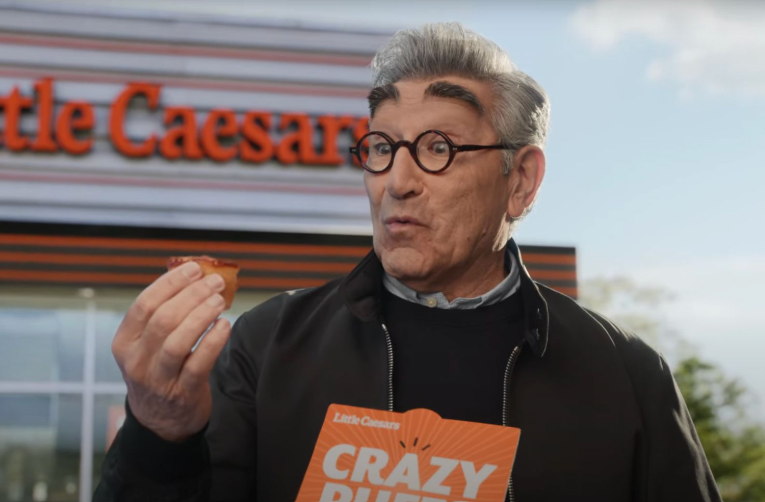
Credit: Caio DaSilva / Screenshot
Another big requirement for Super Bowl commercials is to be authentic and play on Popular pop culture references. This makes the ads more relatable and gives the viewers more to connect to.
In an ad for Little Caesar Crazy Puffs, Eugene Levy, an actor known for his large bushy eyebrows appeared on the screen. Levy talked to viewers for a while about Little Caesars new crazy puffs before his eyebrows began to fly off the screen. The camera panned out and revealed more eyebrows flying away from more people.
Hingham High School Junior Bryan Ma commented on the commercials, saying “I liked the commercials better when I knew someone in them because it made it easier to relate to them.” Adding a celebrity or pop culture reference allows companies to make their products more relatable and improve consumption.

